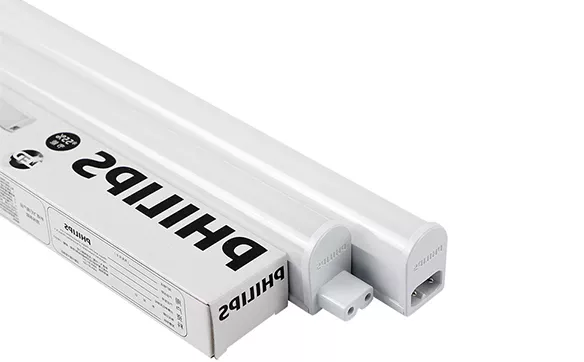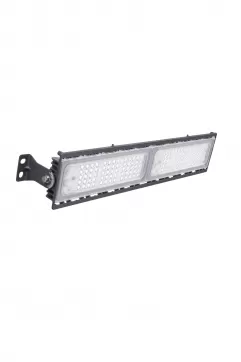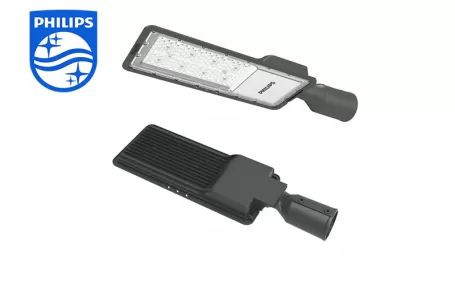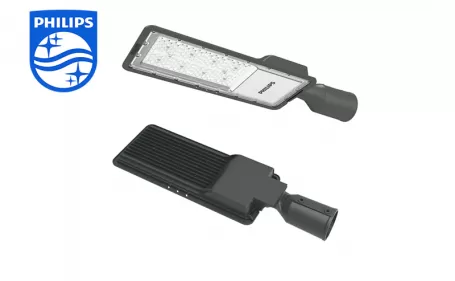The best energy-efficient outdoor lighting is almost certainly solar powered, low wattage, LED lamps. If you enjoy a view of the stars and the night sky, you need minimal lighting, mainly directed at the ground to see your path through your yard.
Why Energy Efficiency in Outdoor Lighting Matters
Energy-efficient outdoor lighting reduces electricity consumption, minimizes utility costs, and lowers carbon emissions. With the increasing demand for sustainable living, incorporating efficient lighting solutions is no longer just a preference but a necessity.
Key Features of Energy-Efficient Outdoor Lighting
1. LED Technology: The Gold Standard
Light Emitting Diodes (LEDs) are at the forefront of energy-efficient lighting. Here’s why they stand out:
- Low Energy Consumption: LEDs use up to 75% less energy than traditional incandescent bulbs.
- Long Lifespan: With an operational life exceeding 25,000 hours, LEDs significantly reduce maintenance and replacement costs.
- Directional Lighting: Unlike traditional bulbs, LEDs emit light in a specific direction, reducing wastage.
2. Solar-Powered Lighting
Solar outdoor lights harness renewable energy from the sun, making them a cost-effective and eco-friendly solution.
- Zero Energy Costs: Solar lights operate independently of the grid, eliminating electricity expenses.
- Sustainability: By utilizing sunlight, they contribute to reducing reliance on fossil fuels.
- Easy Installation: Most solar lights are wireless, making them easy to install and relocate.
3. Motion Sensors and Timers
Integrating motion sensors and timers into outdoor lighting systems enhances efficiency by ensuring lights are only used when needed.
- Motion Sensors: Automatically activate lights when movement is detected, conserving energy during idle periods.
- Timers: Schedule lights to turn on and off at specific times, preventing unnecessary energy use.

Top Energy-Efficient Outdoor Lighting Options
1. Solar LED Path Lights
Perfect for illuminating walkways, these lights combine the efficiency of LEDs with solar energy, offering:
- High durability with weather-resistant designs.
- Minimal installation effort.
- Automatic operation through integrated sensors.
2. LED Floodlights
For larger outdoor areas, LED floodlights provide powerful illumination with energy savings.
- Adjustable beam angles to minimize light pollution.
- Compatibility with smart lighting systems for added control.
3. Smart Outdoor Lighting Systems
Smart lighting solutions integrate with home automation systems, enabling remote control via mobile apps.
- Dimming Features: Adjust brightness levels to suit your needs.
- Energy Monitoring: Track usage and optimize settings for efficiency.
Best Practices for Maximizing Outdoor Lighting Efficiency
1. Opt for Dark Sky-Compliant Fixtures
These fixtures minimize glare and light trespass, directing light only where it’s needed.
- Preserve the natural night environment.
- Reduce light pollution and energy waste.
2. Use Lower Wattage Bulbs
High wattage isn’t always necessary. Lower wattage bulbs can provide sufficient illumination for pathways, gardens, and driveways.
3. Regular Maintenance
Keep fixtures clean and replace outdated components to maintain optimal performance.
- Remove debris and dust from solar panels.
- Check wiring and connections for efficiency.
4. Combine Lighting with Landscaping
Strategic placement of lights among trees, shrubs, and other landscape elements reduces the number of fixtures needed while enhancing the visual appeal.
Cost Benefits of Energy-Efficient Outdoor Lighting
Investing in energy-efficient outdoor lighting might involve higher upfront costs, but the long-term savings outweigh the initial investment. Benefits include:
- Reduced Electricity Bills: Energy-efficient lights consume less power, translating to lower utility costs.
- Lower Maintenance Costs: The extended lifespan of LEDs and solar lights minimizes replacement expenses.
- Increased Property Value: Sustainable upgrades enhance curb appeal and market value.
Environmental Impact of Efficient Lighting Solutions
Switching to energy-efficient outdoor lighting supports global sustainability goals:
- Reduction in Greenhouse Gas Emissions: Lower energy consumption means fewer emissions from power plants.
- Minimized Light Pollution: Compliant fixtures and controlled lighting reduce urban sky glow, preserving the natural nightscape.
Final Thoughts
Choosing the right outdoor lighting is a balance of functionality, efficiency, and sustainability. LED technology, solar power, and smart features have revolutionized outdoor lighting, making it possible to enjoy well-lit spaces while saving energy and reducing environmental impact. By combining innovative lighting options with best practices, you can achieve the perfect blend of performance and efficiency.































